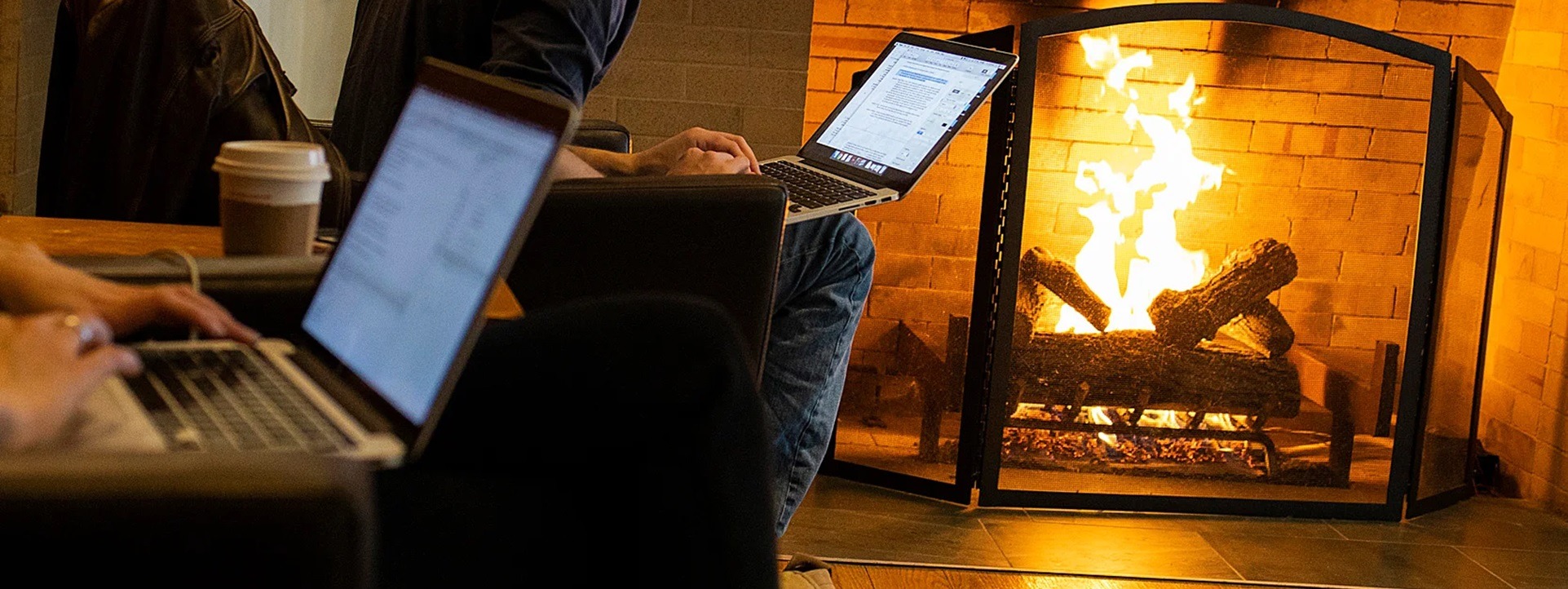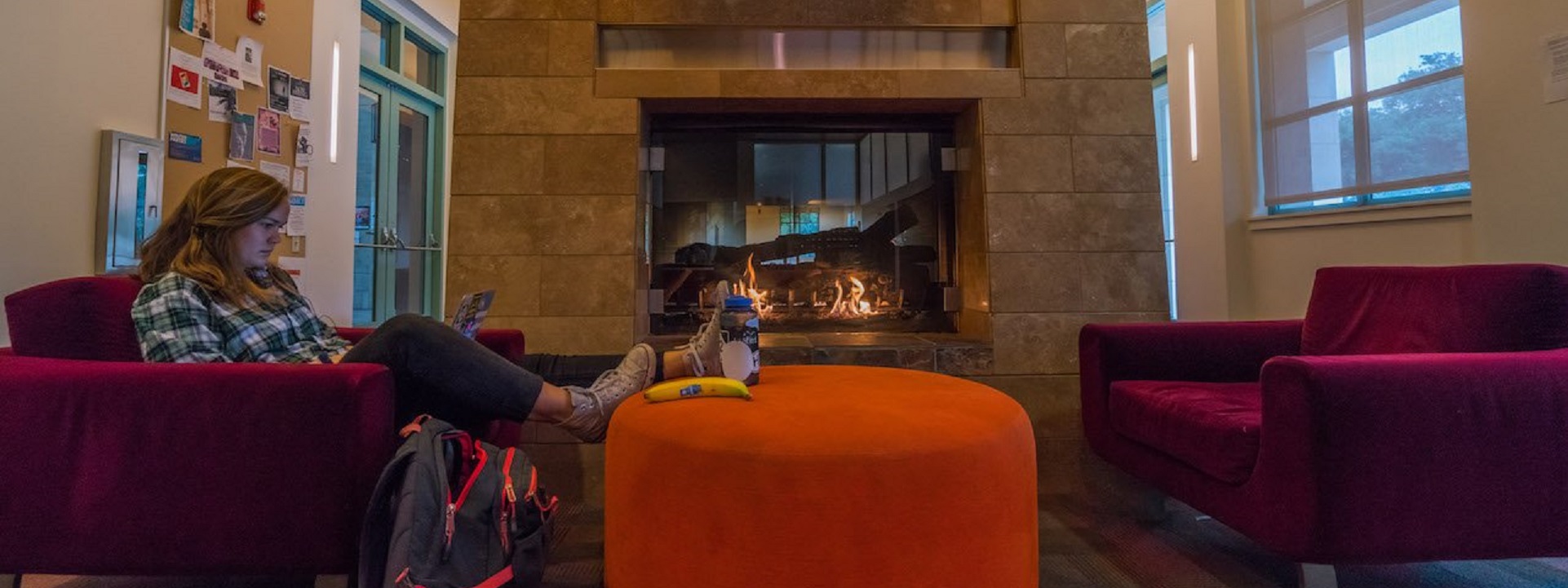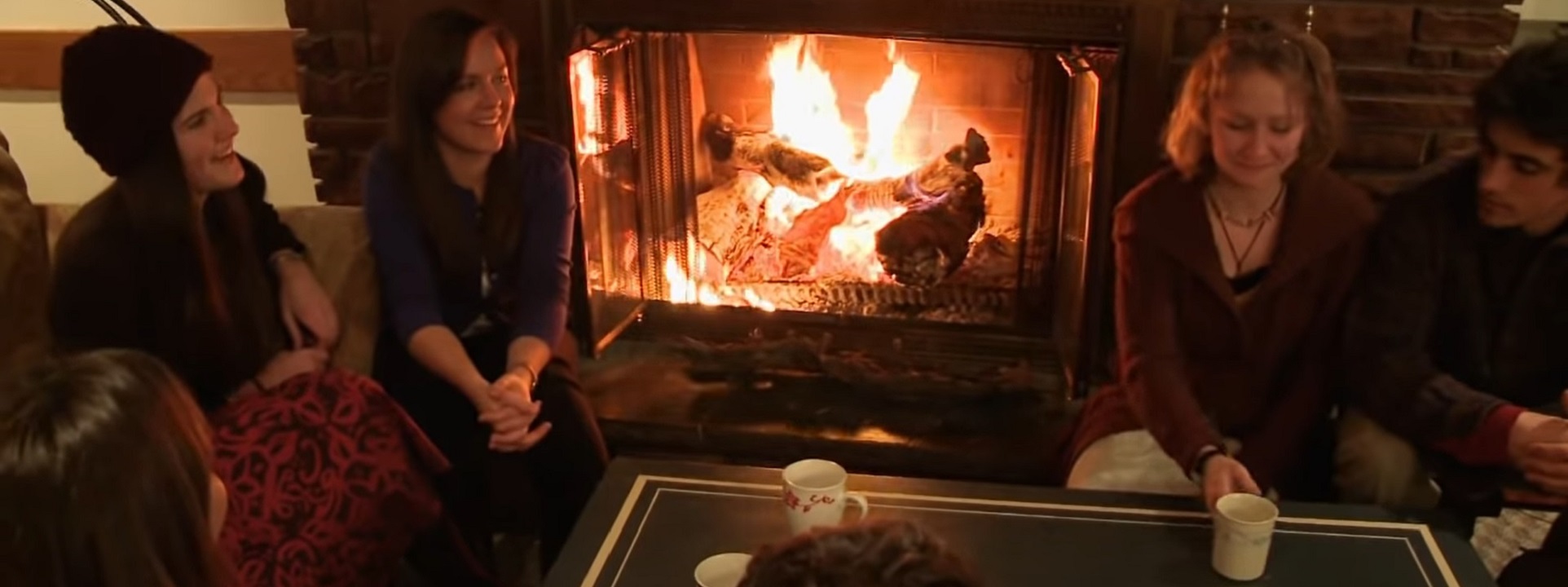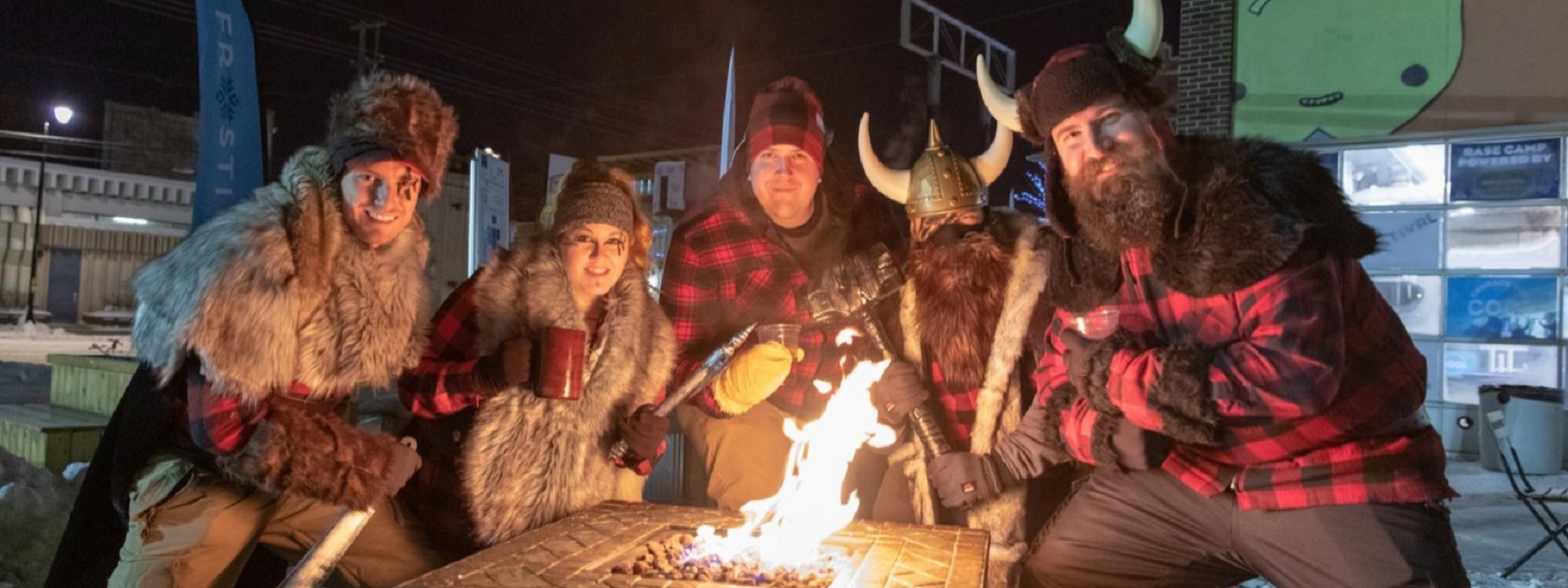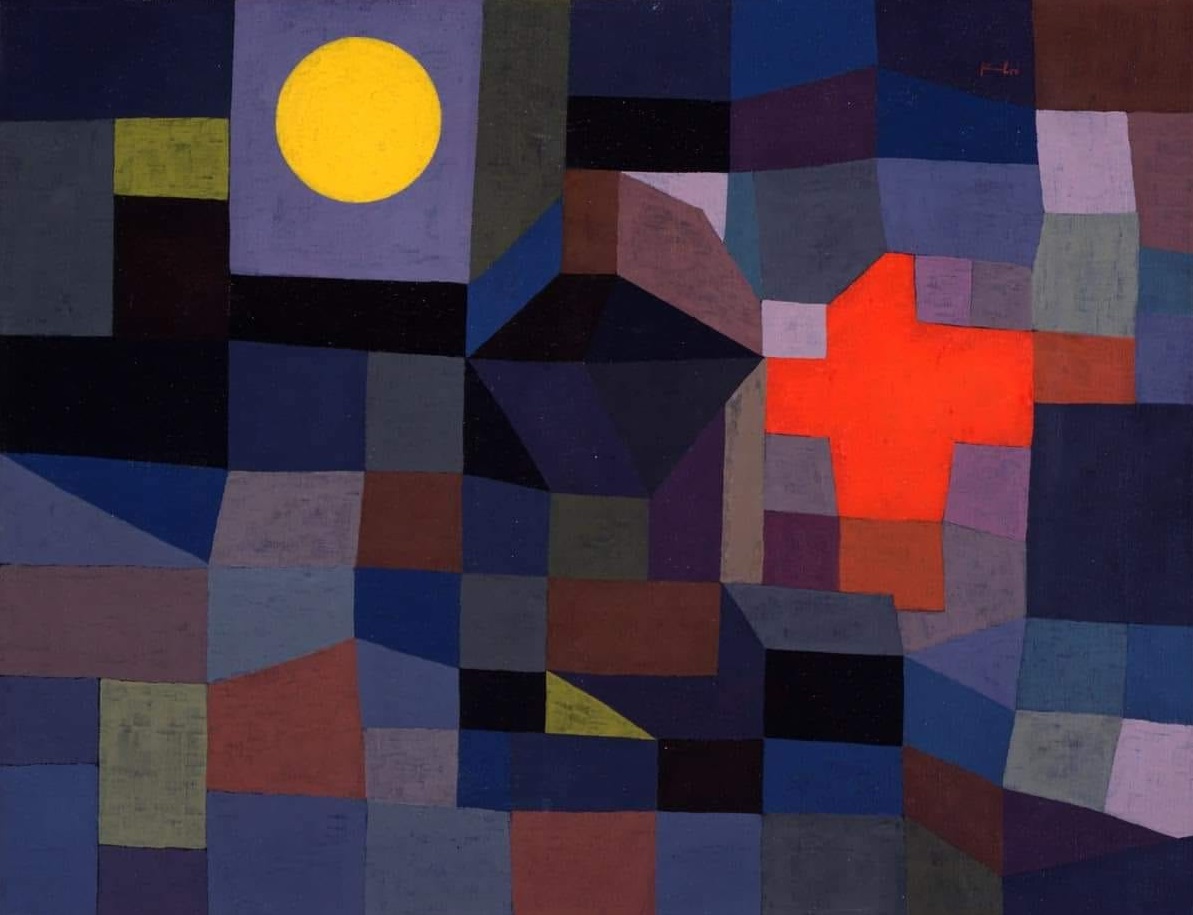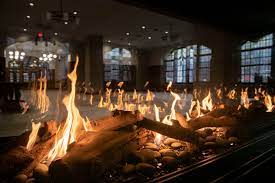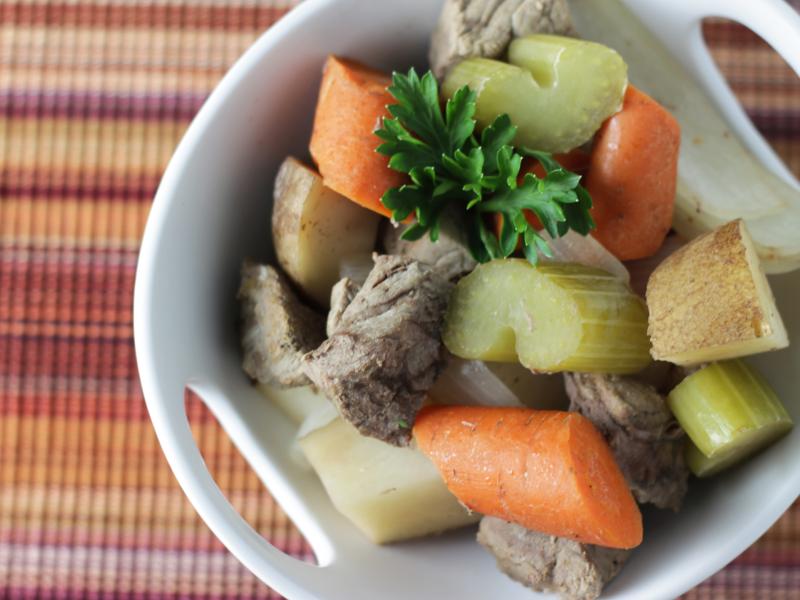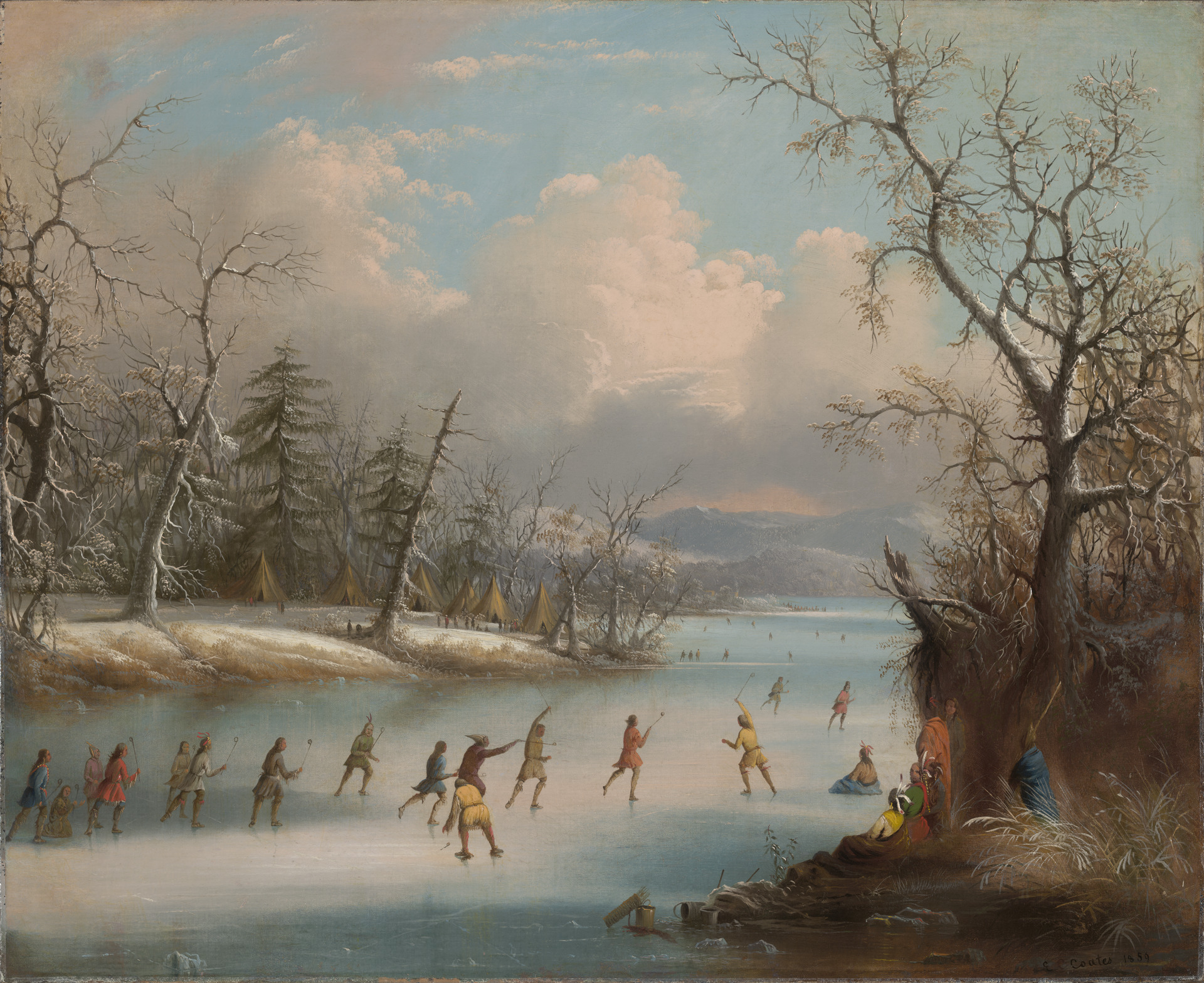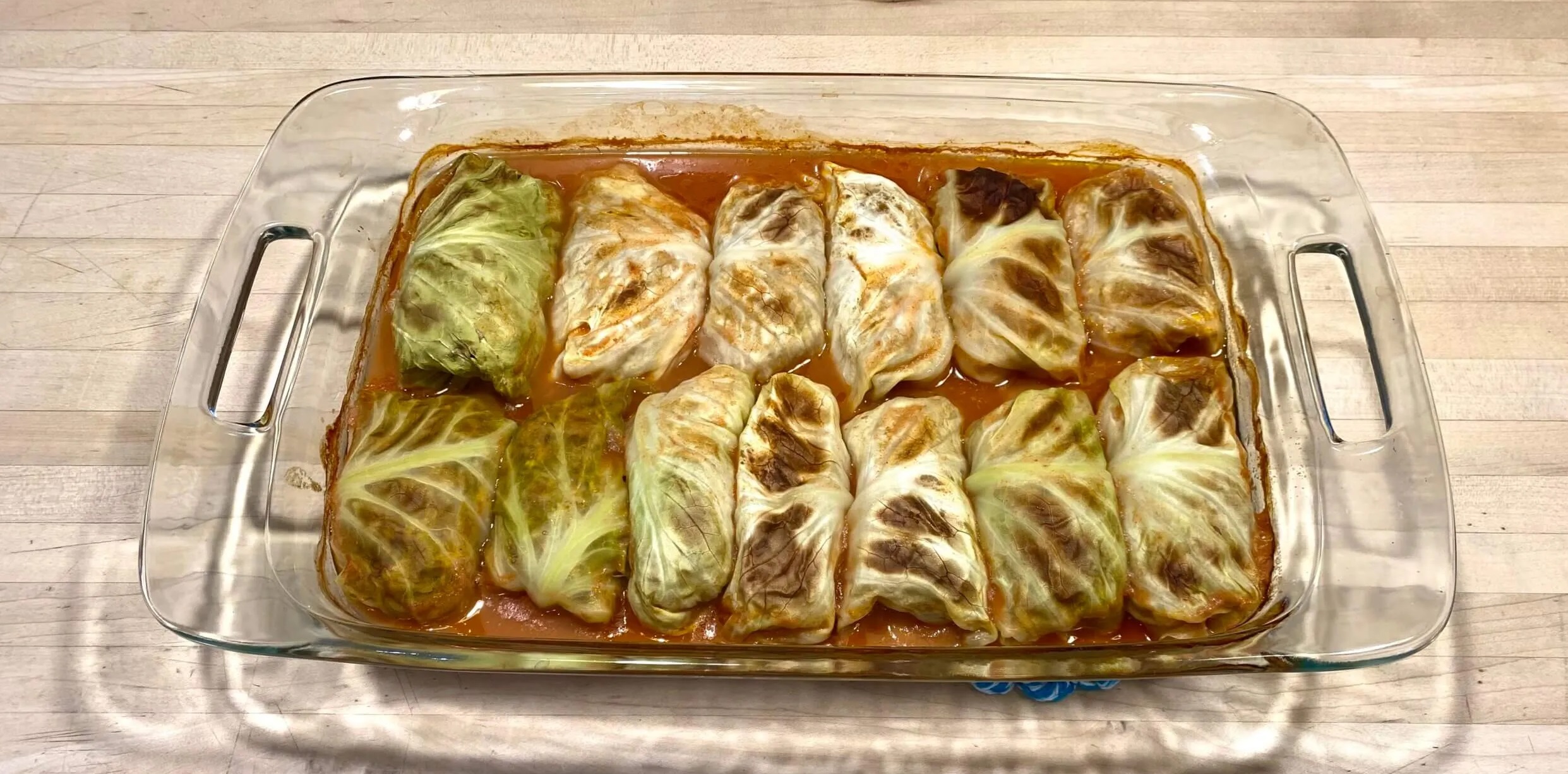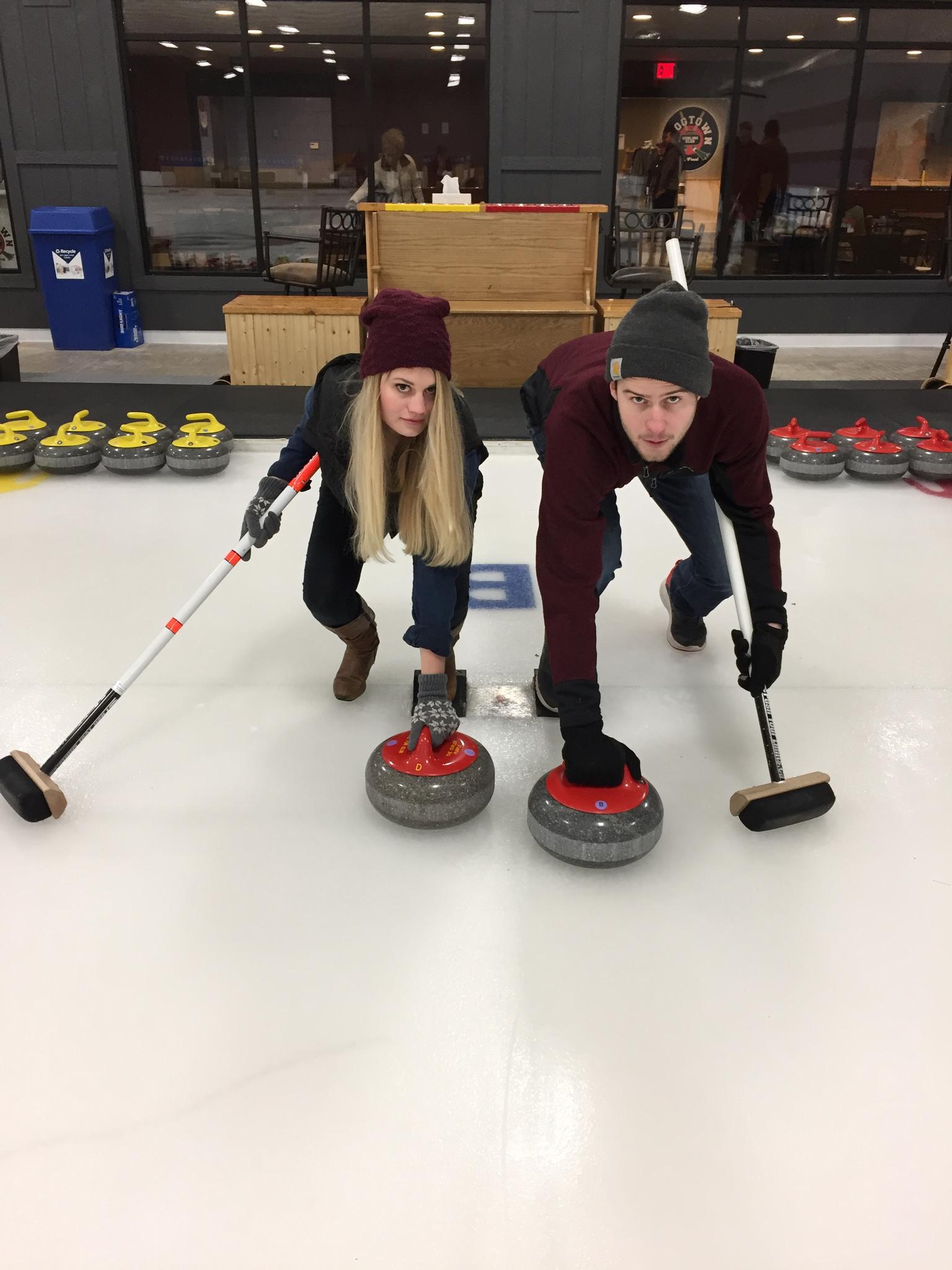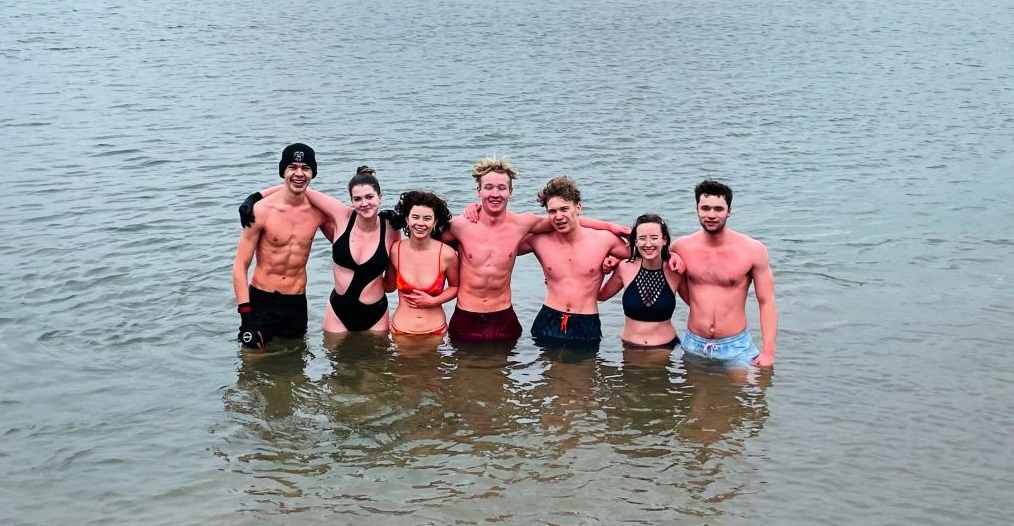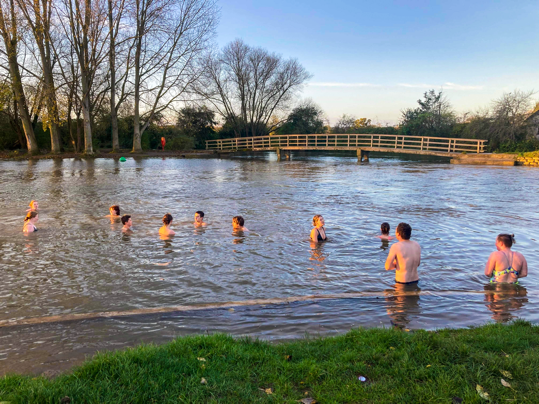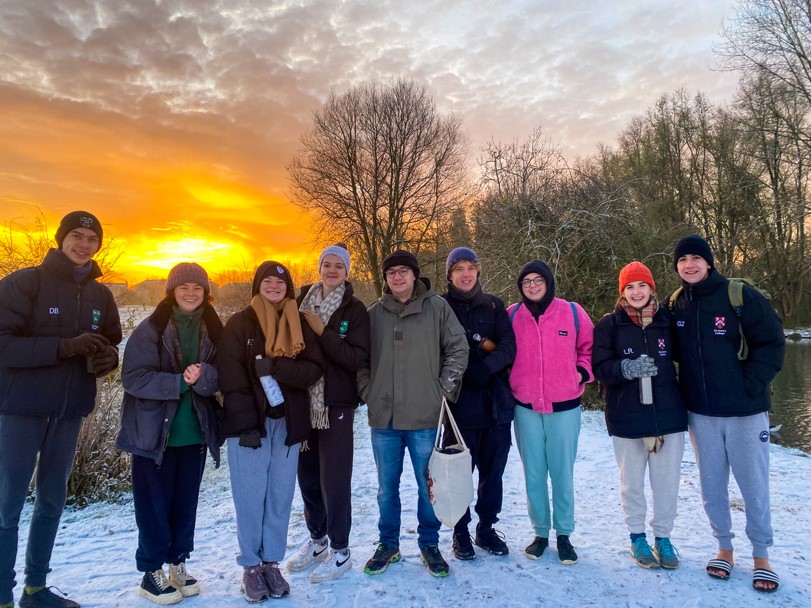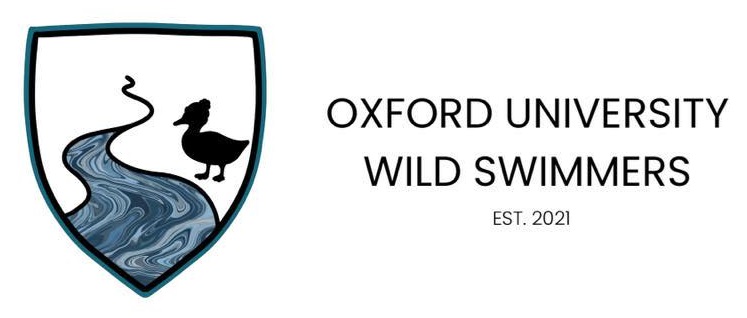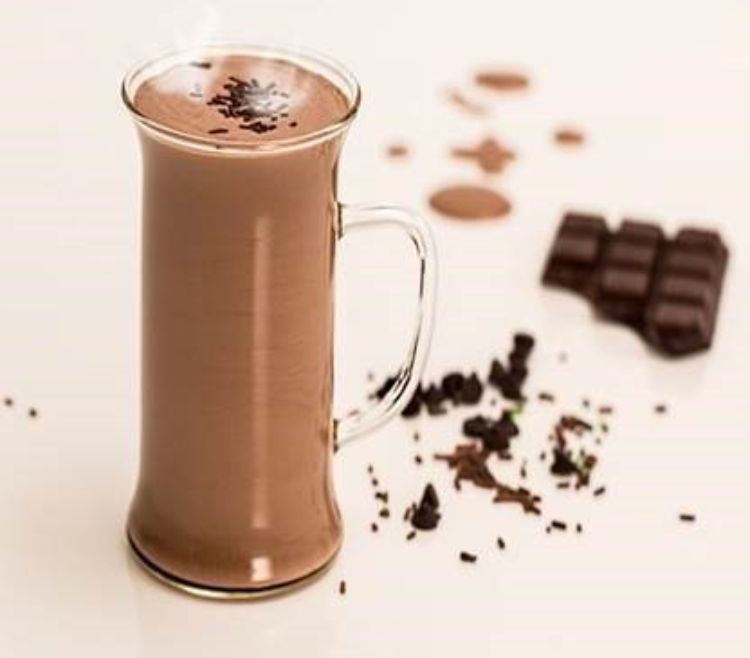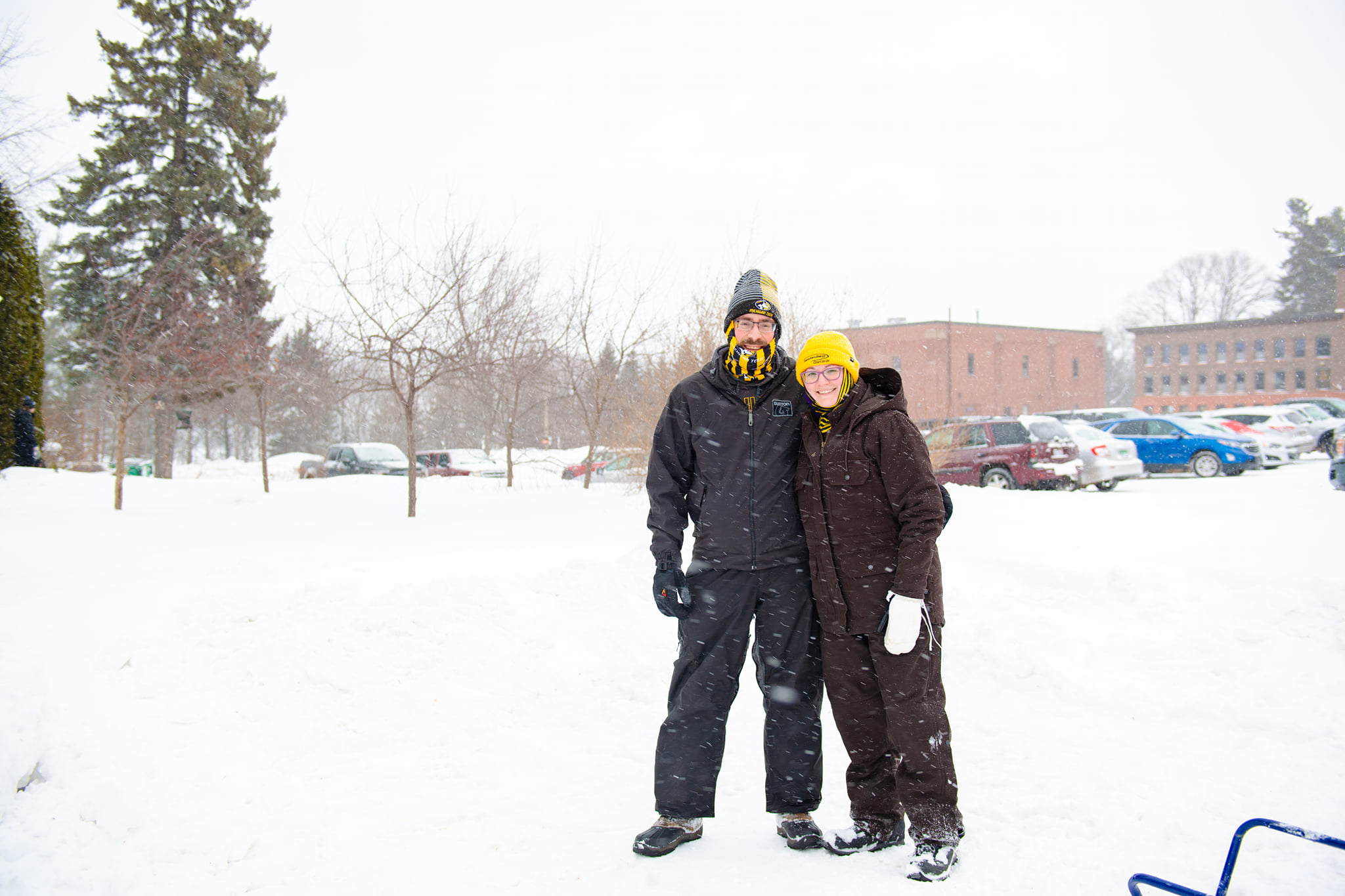K-12 Schools with Fireplaces as a Library Focal Point
An inglenook is an intimate space typically found beside a fireplace. Inglenooks often have built-in seating or benches, providing a comfortable spot for people to gather around the warmth of the fire. Originally inspired by cooking, but over time, they became more functional as spaces for relaxation, reflection, reading and socializing.
Today at the usual hour we examine that state of best practice literature for their safety and sustainability,
The codes, standards and guidelines that track accepted best practice:
ASME
ASME B31.9 – Building Services Piping
ASME B31.8 – Gas Transmission and Distribution Piping Systems
ASTM
ASTM E2726 – Standard Terminology Relating to Chimneys and Ventilation Systems
ASTM E2558 – Standard Test Method for Determining Particulate Matter Emissions from Fires in Wood-Burning Fireplaces
AGA
Natural Gas Transmission & Distribution
Environmental Protection Agency
EPA Emission Standards (for Wood Stoves)
Compliance Requirements for Residential Wood Heaters
ICC
International Building Code: Chapter 21 Masonry
IEEE
NFPA
NFPA 221 Standard for Chimneys, Fireplaces, Vents, and Solid Fuel-Burning Appliances
NFPA 10 Standard for Portable Fire Extinguishers
Underwriters Laboratories
UL 127 for factory-built fireplaces
UL 103 for chimney systems
United States Department of Energy
Fireplaces, Proper Ventilation for New Wood-Burning Fireplaces
Representative Specifications:
University of Vermont: Ignite Your Knowledge of Fireplace Safety
City of Chicago: Gas Distribution Piping Inside of Buildings
University of Rochester: Fire Place Safety
Related:



